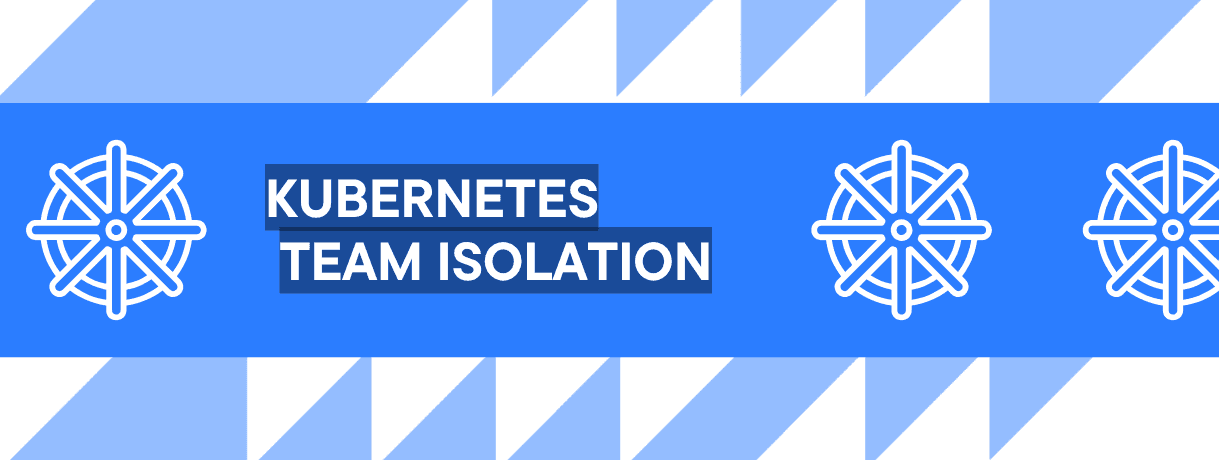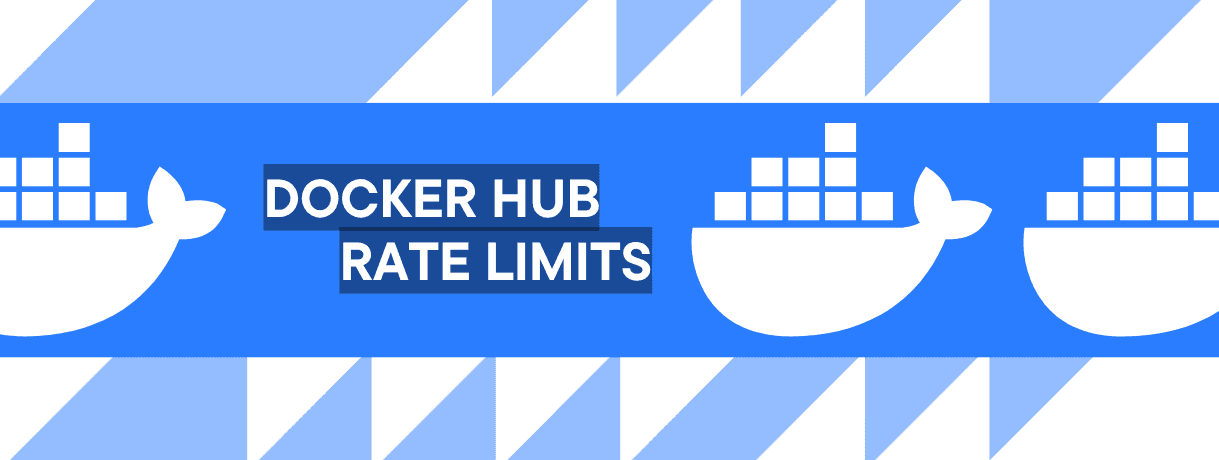CUSTOMER-CENTRIC
How to become a product leader with a customer-centric mindset
Erki Arus
05. July, 2022
Success in IT usually means a company has hit a bullseye by solving a specific pain point for its customers. The proven way for companies to become product leaders in their space is by adopting a customer-centric mindset and exercising agile practices throughout the whole organisation.
With technology increasingly intersecting with our lives, the expectations for IT services are also becoming more and more specific. We are less likely to be happy with a generic solution, and services get scrutinised based on how well the minor details match the customer’s needs.
It is no longer enough to provide equal features to make clients switch from another product. You need to be much better than your competition. For this, you need to do something differently. To learn what is worth making differently, you need to know your client really well.
This is why, before building anything, it is necessary to take a good look at the customer's needs.
Choosing the customer-centric focus
There are many ways to compare the different business methodologies for technology companies. Here we’re listing approaches focused on product, sales and customer, but you can surely encounter different labels in other frameworks that essentially mean the same thing.
Product-centric
This methodology relies solely on the knowledge and experience of the product manager and team members. With some additional market research, it’s easy to get started on some kind of product development without really thinking about the customer or their needs.
This is a convenient approach for teams who are hesitant to speak with their potential customers. Either they think that they should already have something to show before reaching out, or none of the team members feel that speaking with other people is their strength.
With a product-centric focus it’s easy to miss the opportunity of actually solving problems - it’s really easy to start copying competitor features to impress the client. Focusing on practical and technical issues that seem easy to solve is very convenient when the alternative is to spend your energy on speaking to opinionated people.
Usually this approach does not yield excellent results. While a heavy product focus is common with early-stage startups, they need to adopt a different strategy to persist.
Sales-driven
Providing features on-demand feels a bit more like servicing the customer's needs. However, it is unlikely that the customers are able to describe the best technical practices, or accurately express their actual needs.
This strategy is focused on the value that the customers can bring the company as revenue, not on the value the company provides for the customers. When the team actually completes each request that could bring a single sale, the product grows into a feature monster.
While this approach could be successful in the beginning, it is not scalable and will flatline the growth at some point. When you actively need human resources to service each customer and build the custom solutions, the business output can only be equal to the labour input.
The sales-led approach is also prone to producing sunken costs with things that didn’t work out. When a client isn’t happy with their custom-built solution, it is tempting for the company to invest additional resources into heavily marketing the feature in hope of still finding the perfect customer that would appreciate it.
Customer-centric
If we want to be sustainable for a long time, we need to become market leaders and keep this position.
The goal of the customer-centric approach is to offer the product to the whole market, not build features for a single customer. Getting to know your general customer persona takes a lot of effort, but seeing the bigger picture lets you plan a strategic market acquisition instead of targeting individual sales leads.
Once you’re able to build products based on the knowledge and experience of your customers, you can be sure that the result is actually helping them with their jobs to be done.
This strategy of actually figuring out what the customers need and providing the best solution for their needs is sometimes also called product-led growth (not to be confused with product-centric development).
Building a customer-centric organisation
When we speak of technology companies, a customer-centric business is one where agile practices have been implemented throughout the organisation.
It is common for companies to implement agile practices in their development while the rest of the organisation still functions as a waterfall. But onboarding developers to Jira is not enough to build a customer-centric organisation.
To transition to a customer-centric mindset, agile needs to be brought into product management and into the way you lead your organisation. Building a customer-centric business does not end with coaching the sales and marketing teams. It starts with strategic planning, setting goals at the leadership level, and scrutinising the ways we measure our results. This means major changes in all work arrangements.
Review your strategic goals
Get the whole organisation on board about what customer-centric means, and how you measure it in a quantifiable manner
Modernise your value stream
Double-check whether all aspects make sense and support your strategic goals. Make adjustments if needed.
Get on board with the technical teams:
Prioritise value-creating innovation
Give your developers direct access to customer insights. Access to this feedback lets them better understand the underlying needs, and gives them the ability to offer solutions with higher value.
Change the way you plan your roadmap
The approach of creating yearly plans that describe upcoming work and results in detail is outdated. Doing long-term plans for product development is useless because…
- You have not yet validated if the existing feature requests (usually coming from the sales department) are actually relevant
- You cannot know the actual scope of the features in advance, or how much resources they will consume
Change the way you measure the success of your developers
When your team's success is measured based on how well they stick to the roadmap, you’re setting yourself up for some real trouble. Customer-centric product development needs a way to quickly change plans based on results and feedback. Having to stick to long-term roadmaps removes this flexibility and drains the team’s motivation to even consider customer feedback.
Customer-centric product management
To ensure that the development team is actually able to deliver a customer-centric product, there must be processes in place to get the input and feedback directly from the customers.
When the only contact is through the sales department, more than half of the information tends to get lost in translation. In addition, this feedback tends to be in the form of feature requests that don’t give much context. And under a customer-centric mindset we don’t want to build features. We want to provide solutions to problems.
There are multiple proven techniques that development teams can use for interacting with the customers. For example, conducting interviews and user tests are excellent ways of validating the needs of the customer.
It’s important to understand that all insights are still a hypothesis until validated, and it’s equally important to check whether the developed features actually helped with the original problem. Having good product analytics in place is a direct way of learning what features actually got used and what customers do with the product. The activities of one single client may not always make sense to the whole client persona, so it’s always best to aggregate the insights.
Establishing a product management leader
The agile solution for creating direct customer contact within the technical team is to establish the role of a product management leader.
It is important to understand the actual skill set required for a product manager’s role. This is not a position that could be awarded to any existing project manager, as these two roles are extremely different.
- A project manager is a generic position that executes an existing vision with existing resources. With input from sales and management, they organise work and keep track of the goals.
- A product manager is a visionary evangelist with analytical skills. They create and present a business plan for their product, and find a way to get the right resources to reach the established goals.
It is critical that the product manager has a suitable persona and relevant experience for the job. For optimal results, you should consider multiple strategies to get this position filled:
- Hire a skilled and experienced person
- Invest in product management training, but be realistic with your expectations - it will not be a quick workshop that is going to skill up your existing employees
- If you want to move quickly, get an external consultant on board
Customer-centric product development
With a product manager in place, they will act as a direct link between the customer and development. They will conduct customer interviews and workshops, validate designs and prototypes, and inspect analytics. This will hopefully filter out the ideas that have best potential and remove ideas that definitely won’t work.
Once the product manager’s vision has been established, it’s up to the CTO to figure out how to support and lead this vision. Technology should be a strategic enabler for both business and product, so they need to be a strong partner in delivering the vision - thinking along with the process and offering the most relevant solutions.
There are two main jobs for a CTO with a product mindset:
Support quick iterations and prototypes Choosing flexible infrastructure suitable for agile development really sets the foundation for a customer-centric approach. It’s wise to set up separate workflows for validating ideas and production-ready development. Prototyping should be done with as little costs as possible! When technical architecture is able to support quick experiments, you can fine-tune the prototypes until fully confident that the idea has been validated with the customer. Only then should the team move on to actual development.
Handle technical debt Even when prototypes get fully validated, there’s a lot to be learned from actual product use. Getting the new features out quickly brings fast and relevant feedback, but also creates technical debt that will hinder the team from moving fast. A CTO with a customer-centric mindset will know that this is inevitable, and will find a balance between the current technical capability and technical debt, and realise when the latter has actually become a burden.
Getting started with building a customer-centric organisation
It is common for companies to realise they should have actively transformed their organisation customer-centric years ago. As the changes are heavy in terms of time and resources spent, it is tempting to keep postponing this process.
Your team might be too busy with their daily tasks, and making fundamental management changes simply doesn’t fit on their agenda. Often it’s also overwhelming for the existing team to think out of the box and give up on the existing processes. But you’ll need a fresh glance to bring additional value!
In these cases it makes sense to involve an external consultant in the transition. Entigo has already gone through the process with multiple organisations, and can deliver professional and experienced support with all aspects of the transition.
Get in touch with us to learn how we could help with transitioning your organisation to customer-centric!
Stay updated on future stories
READ MORE

DEVOPS
How Crossplane compositions turned infrastructure tickets into self-service APIs

EFFICIENCY
From tech stack to business value: platform engineering & Kubernetes

DEVOPS
Team isolation in Kubernetes: the four-layer stack that actually works

DEVOPS
Mitigating Docker Hub rate limitations and Crossplane package restrictions with registry proxies
info@entigo.com | (+372) 600 6130 | Veerenni 40a, Tallinn, 10138
